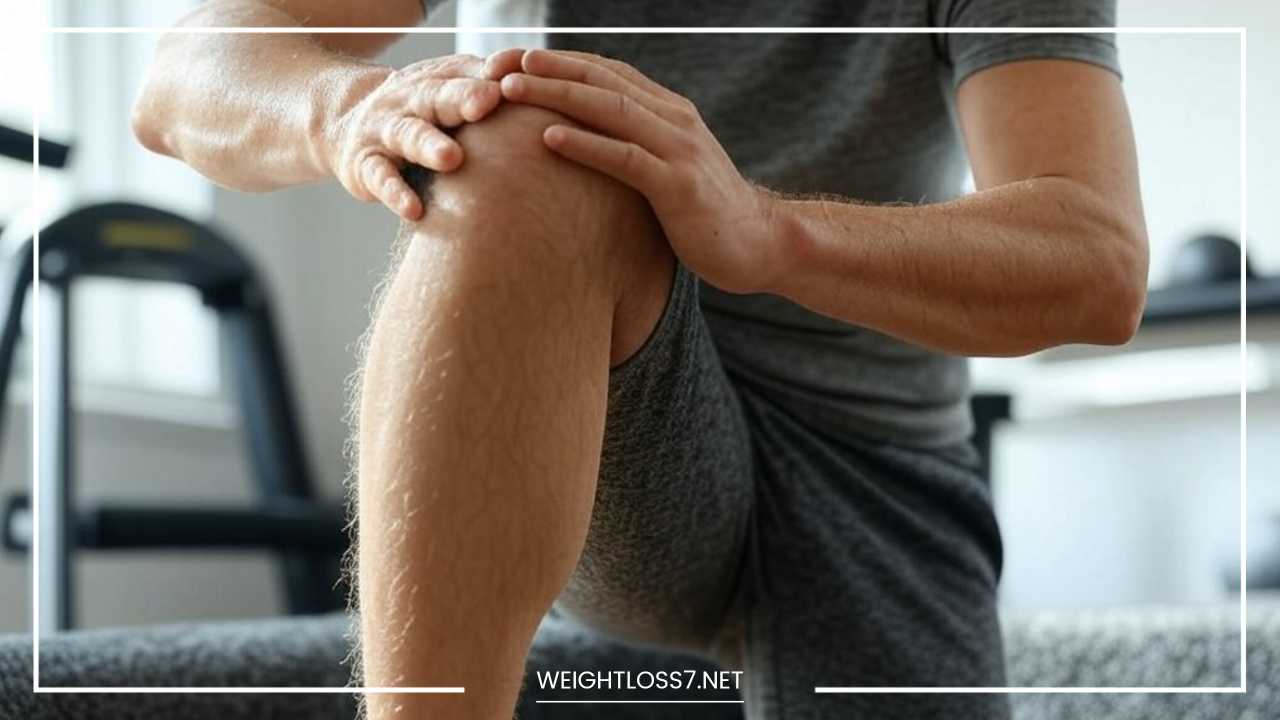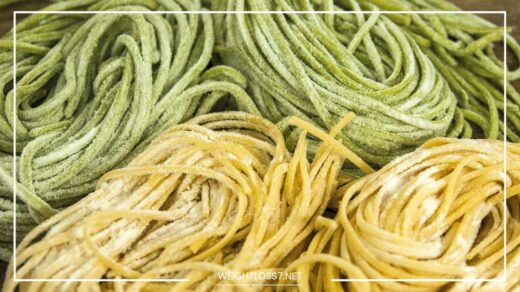Knee Pain Relief Exercises

Knee Pain Relief Exercises
Knee Pain Relief Exercises: A Comprehensive Guide to Strengthening, Flexibility, and Joint Health
Knee pain is a common issue that affects people of all ages and can be caused by a variety of factors, from sports injuries and overuse to arthritis and age-related wear and tear.
For many, knee pain can interfere with daily activities like walking, climbing stairs, or even sitting for extended periods.
While knee pain is often seen as an inevitable part of aging or a result of physical activity, there are a variety of methods to alleviate discomfort, and one of the most effective ways to reduce knee pain and improve function is through regular exercise.
Exercising can help strengthen the muscles around the knee, improve joint stability, enhance flexibility, and promote overall joint health.
Whether your knee pain is caused by an injury, osteoarthritis, or general stiffness, incorporating the right exercises into your routine can provide significant relief.
In this guide, we will explore the types of exercises that are most effective for knee pain relief, as well as additional strategies and lifestyle changes that can help you manage and reduce knee discomfort over time.
If you’re experiencing chronic knee pain or have recently suffered an injury, it’s important to consult with a healthcare provider or physical therapist to develop a personalized treatment plan tailored to your needs. However, the exercises outlined below can serve as a valuable part of your recovery process.
Understanding Knee Pain and Its Causes
The knee is a complex joint composed of bones, cartilage, ligaments, tendons, and muscles that work together to allow for a wide range of motion.
When any part of this system is damaged or weakened, it can lead to knee pain. Some of the most common causes of knee pain include:
- Injury: Sprains, strains, and tears of ligaments, tendons, or cartilage can result from accidents, falls, or sports-related activities. For example, an anterior cruciate ligament (ACL) tear or a meniscus tear can cause significant knee pain.
- Arthritis: Osteoarthritis (OA) is the most common type of arthritis affecting the knee. It occurs when the cartilage that cushions the knee joint wears down, leading to pain, swelling, and reduced flexibility. Rheumatoid arthritis (RA) is another form of arthritis that can affect the knee joint, causing inflammation and stiffness.
- Overuse: Repetitive stress from activities like running, jumping, or squatting can irritate the knee joint and its surrounding structures, leading to conditions such as patellar tendinitis (jumper’s knee) or iliotibial band (ITB) syndrome.
- Bursitis: Inflammation of the bursa (small fluid-filled sacs) in the knee can cause pain, especially when bending or straightening the knee.
- Age: As we age, the muscles, cartilage, and ligaments around the knee become less flexible and weaker. This natural degeneration can lead to increased wear and tear on the knee joint and associated pain.
Although knee pain may feel debilitating, there are several effective approaches to managing it. Exercise, in particular, is one of the most beneficial methods for reducing knee pain and improving function, whether the cause is an injury, arthritis, or general stiffness.
The Benefits of Exercise for Knee Pain Relief
Engaging in regular exercise offers numerous benefits for those suffering from knee pain:
- Strengthening Muscles: Regular exercise helps build and strengthen the muscles around the knee, particularly the quadriceps, hamstrings, and calves. Strong muscles act as a support system for the knee joint, absorbing shock and reducing strain on the joint.
- Improving Joint Stability: Strengthening the muscles that surround the knee helps stabilize the joint, providing better control during movement and minimizing the risk of further injury or wear and tear.
- Increasing Flexibility and Range of Motion: Stretching exercises improve the flexibility of muscles and tendons, which can reduce stiffness and improve the knee’s range of motion. This can make everyday movements, such as bending and walking, more comfortable.
- Promoting Healthy Weight Management: Maintaining a healthy weight reduces the load on your knees. Even modest weight loss can significantly reduce the strain placed on the knee joint, especially for individuals with arthritis.
- Reducing Pain and Inflammation: Regular, low-impact exercise can promote the release of endorphins, which are natural painkillers that help reduce knee pain and inflammation.
Effective Exercises for Knee Pain Relief
Below are various exercises designed to target the muscles surrounding the knee and improve flexibility and mobility.
They can be performed at home or at a gym and should be done consistently for the best results. However, it’s important to start slowly and consult with your healthcare provider before beginning any new exercise program.
1. Quadriceps Strengthening Exercises
The quadriceps, or quads, are the large muscles located at the front of your thigh. These muscles play a crucial role in supporting the knee joint and controlling movements such as walking, running, and squatting.
Strengthening the quads can help reduce knee pain, improve stability, and prevent further injury.
- Straight Leg Raises:
- Lie on your back with your legs straight.
- Slowly lift one leg, keeping it straight, until it’s at a 45-degree angle.
- Hold for 3-5 seconds, then lower your leg slowly.
- Repeat 10-15 times on each leg.
Modification: If you have difficulty lying flat, you can do this exercise while sitting in a chair with your leg extended in front of you.
- Wall Sits:
- Stand with your back against a wall, feet shoulder-width apart.
- Slowly slide down the wall, bending your knees to about 90 degrees as if you’re sitting in an imaginary chair.
- Hold this position for 20-60 seconds, then rise back up.
- Perform 3-5 repetitions.
- Leg Extensions:
- Sit in a chair with your feet flat on the floor.
- Extend one leg straight out, keeping your foot flexed.
- Hold for 3-5 seconds, then lower your leg slowly.
- Repeat 10-15 repetitions on each leg.
2. Hamstring Strengthening Exercises
The hamstrings, located at the back of the thigh, work in opposition to the quads. Strengthening the hamstrings is crucial for knee health, as they help stabilize the knee and prevent excessive strain on the joint.
- Hamstring Curls:
- Lie face down on the floor with your legs extended.
- Slowly bend one knee, bringing your heel toward your buttocks.
- Hold for 3-5 seconds, then slowly lower your leg.
- Repeat 10-15 times on each leg.
- Bridge Lifts:
- Lie on your back with your knees bent and feet flat on the floor.
- Lift your hips toward the ceiling, creating a straight line from your shoulders to your knees.
- Hold for 3-5 seconds, then lower your hips slowly.
- Repeat 10-15 repetitions.
- Good Mornings:
- Stand with your feet shoulder-width apart and knees slightly bent.
- Hinge at your hips and lower your torso forward while keeping your back straight.
- Lower your torso until you feel a stretch in your hamstrings, then return to standing.
- Repeat 10-15 times.
3. Calf Strengthening Exercises
The calf muscles help with walking, running, and stability, and strengthening them can enhance balance and prevent knee pain.
- Calf Raises:
- Stand with your feet shoulder-width apart.
- Slowly rise onto the balls of your feet, lifting your heels off the ground.
- Hold for a moment, then lower your heels back down.
- Perform 10-15 repetitions.
- Seated Calf Raises:
- Sit in a chair with your feet flat on the floor.
- Place your feet shoulder-width apart, then raise your heels as high as possible, keeping your toes on the ground.
- Hold for 3-5 seconds, then lower your heels slowly.
- Repeat 10-15 times.
4. Flexibility and Mobility Exercises
Stretching exercises are essential for improving flexibility in the muscles surrounding the knee, reducing stiffness, and increasing joint mobility.
- Quadriceps Stretch:
- Stand and hold onto a wall or chair for balance.
- Bend one knee and bring your heel toward your buttocks.
- Grab your ankle with your hand and gently pull your heel closer to your body.
- Hold for 20-30 seconds, then repeat on the other leg.
- Hamstring Stretch:
- Sit on the floor with one leg extended and the other bent.
- Reach forward toward the toes of your extended leg while keeping your back straight.
- Hold for 20-30 seconds, then switch legs.
- Calf Stretch:
- Stand facing a wall, with one foot forward and the other foot extended behind you.
- Press your back heel into the ground while leaning your body forward to stretch the calf.
- Hold for 20-30 seconds, then repeat with the other leg.
5. Low-Impact Cardio Exercises
In addition to strengthening exercises, low-impact cardio exercises can help improve cardiovascular health, maintain weight, and reduce knee pain without putting excessive strain on the joints. Some excellent low-impact cardio exercises include:
- Swimming: Swimming is an ideal exercise for people with knee pain because it provides a full-body workout while minimizing joint stress. The buoyancy of the water supports your body weight and reduces impact.
- Cycling: Cycling, whether on a stationary bike or outdoors, is another low-impact option that strengthens the quads and calves without putting undue stress on the knee.
- Walking: If done at a moderate pace
, walking is a great way to improve circulation and maintain knee health. Try walking on softer surfaces, like grass or a track, to reduce impact on the knee joint.
Additional Strategies for Knee Pain Relief
In addition to exercise, there are several other strategies that can help alleviate knee pain:
1. Weight Management
Carrying excess weight puts additional strain on the knee joints. Losing even a small amount of weight can reduce the load on your knees and alleviate pain.
A combination of exercise and a healthy, balanced diet can help you achieve and maintain a healthy weight.
2. Ice and Heat Therapy
Applying ice or heat to your knee can provide immediate relief from pain and inflammation.
- Ice: Use a cold pack or ice wrapped in a towel and apply it to the knee for 15-20 minutes to reduce inflammation and swelling.
- Heat: A warm compress or heating pad can be used to relax tight muscles and improve blood circulation, helping to reduce stiffness.
3. Over-the-Counter Pain Medications
If you experience knee pain due to inflammation, over-the-counter medications like ibuprofen or acetaminophen can provide temporary relief. Always follow the dosage instructions, and consult with your doctor if pain persists.
4. Supportive Footwear
Wearing shoes with proper arch support and cushioning can help reduce knee strain. Avoid high heels or shoes that lack support.
5. Assistive Devices
If knee pain makes walking difficult, using a cane, walker, or knee brace can help alleviate pressure on the knee and improve stability.
6. Physical Therapy
If you have persistent or severe knee pain, physical therapy is an option. A physical therapist can design a tailored exercise program to target the muscles around your knee and help improve joint function.
Final Thoughts
Knee pain doesn’t have to be a permanent part of your life. Whether your knee pain is caused by arthritis, injury, or overuse, regular exercise is one of the most effective ways to alleviate discomfort, strengthen the muscles around the knee, and improve joint function.
By incorporating a combination of strength training, flexibility exercises, and low-impact cardio into your routine, you can promote healing, reduce pain, and enhance mobility.
Remember, it’s essential to start slowly and listen to your body. Gradually increase the intensity of your exercises and consult with a healthcare provider before beginning a new exercise routine, especially if you have chronic knee pain or a pre-existing condition.
With consistency, patience, and the right approach, you can regain control of your knee health and improve your overall quality of life.

















